
Tap to Read ➤
Rhomboid Muscle Pain
Bidisha Mukherjee


Rhomboid muscle pain is an extremely bothersome condition, mainly because of the fact that this muscle affects the normal body movements. Read this story to enhance your knowledge on the causes behind this pain, and the treatment options available for it.
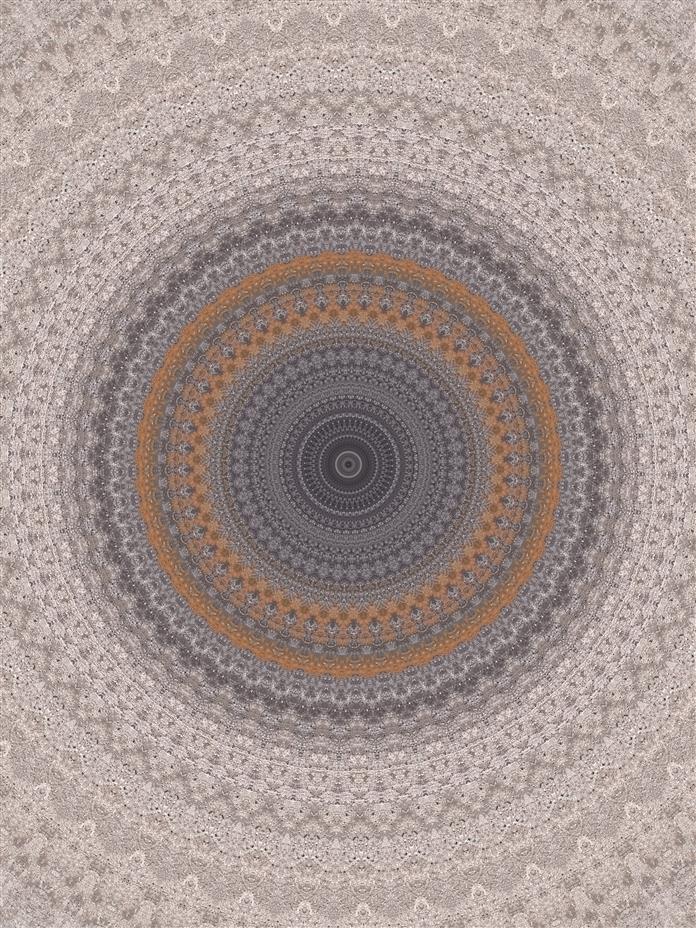
As the name suggests, rhomboid muscles are shaped like a rhombus or diamond. These muscles are located in the upper part of the back. Basically, it is a thin skeletal muscle, which is connected to the bones in the area; and its movement can be controlled voluntarily. Rhomboids connect the spine with the inner edges of the shoulder blades.

They undergo contraction and relaxation during the movements of the shoulder blades; and help to maintain the correct posture of the shoulders. Rhomboid muscle pain can be felt mainly in the upper back area around the shoulder blades.

What Causes Pain in the Rhomboid Muscle?
Strain: The main cause behind the muscle pain is either a spasm, or strain. A spasm can be described as a knot or a taut sensation in the muscle. This results from an involuntary twitch and the muscle becomes tender. Excessive use of shoulders and arms often triggers this problem.
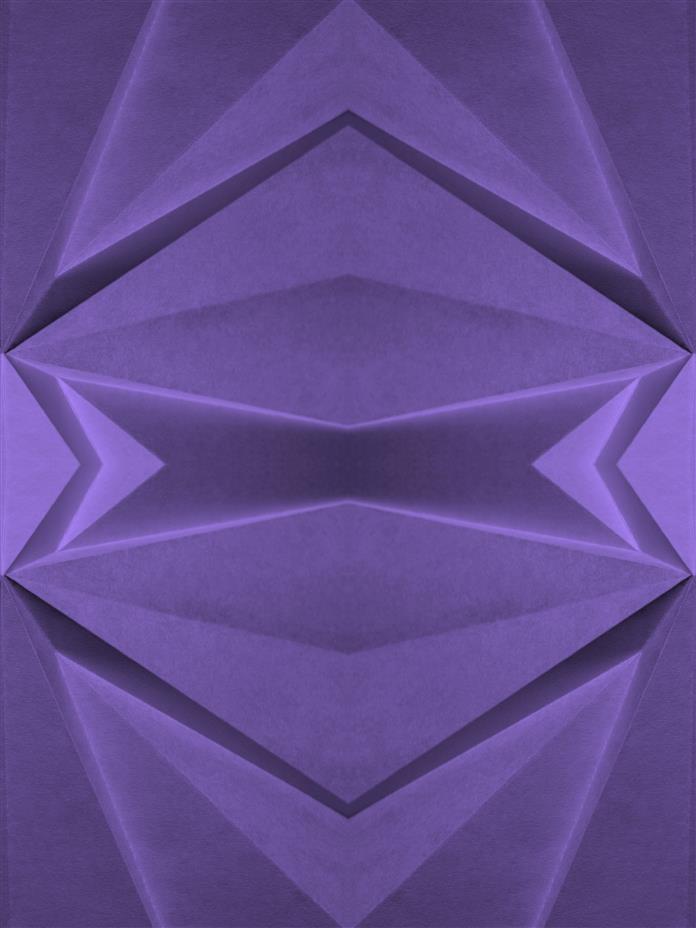
This kind of overuse happens during certain sports activities like playing tennis or rowing. Sometimes, sitting in a bad posture for a long time can make the back muscles fatigued and induce spasms. Weak or fatigued rhomboids may stiffen up all of a sudden while doing overhead exercises or reaching out to the objects kept on a higher shelf, or bending.
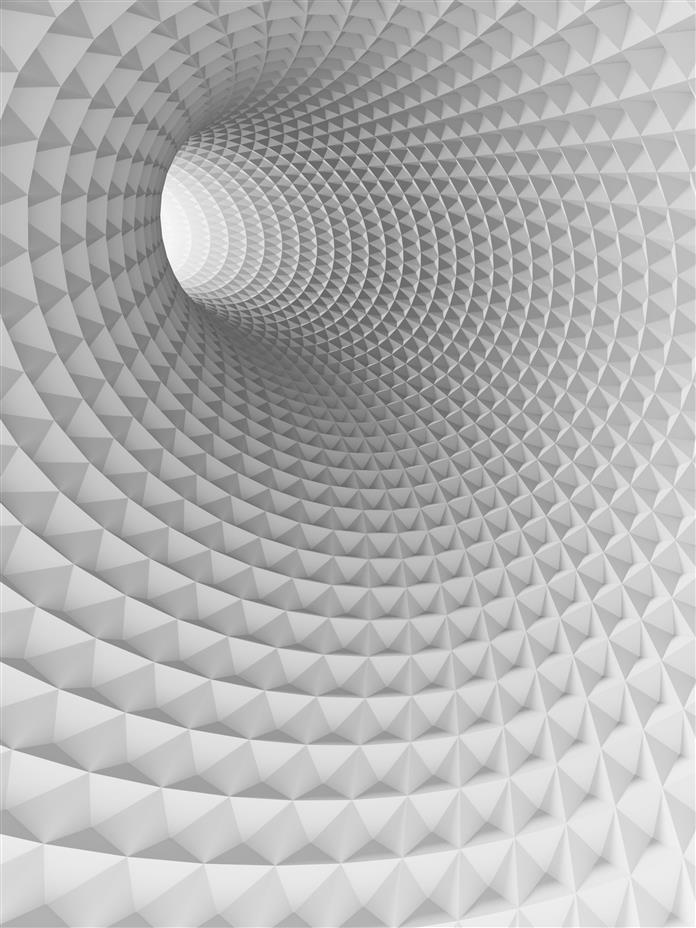
When there is a strain in the muscle, it means a few of its fibers are either torn or overstretched. Rhomboids get stretched after carrying heavy backpacks on the shoulders. In this condition, one experiences a sharp pain and discomfort in between the spine and the shoulder blades.
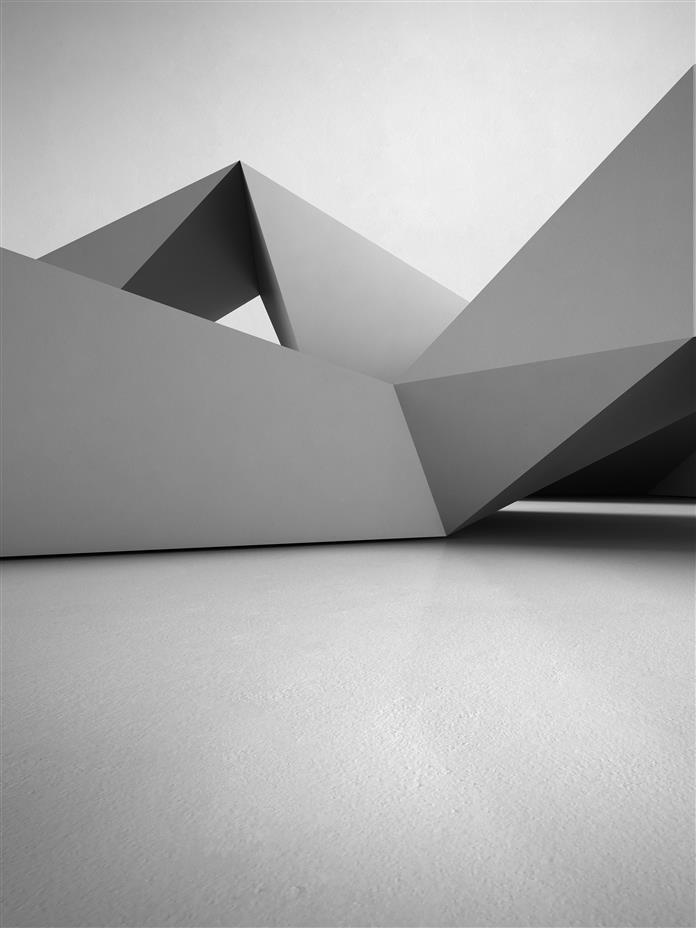
The pain tends to get aggravated with body movements. In case of a bad strain in the rhomboid muscle, even breathing can cause severe pain. Mental stress is another cause that can lead to a chronic pain in the rhomboid muscle.
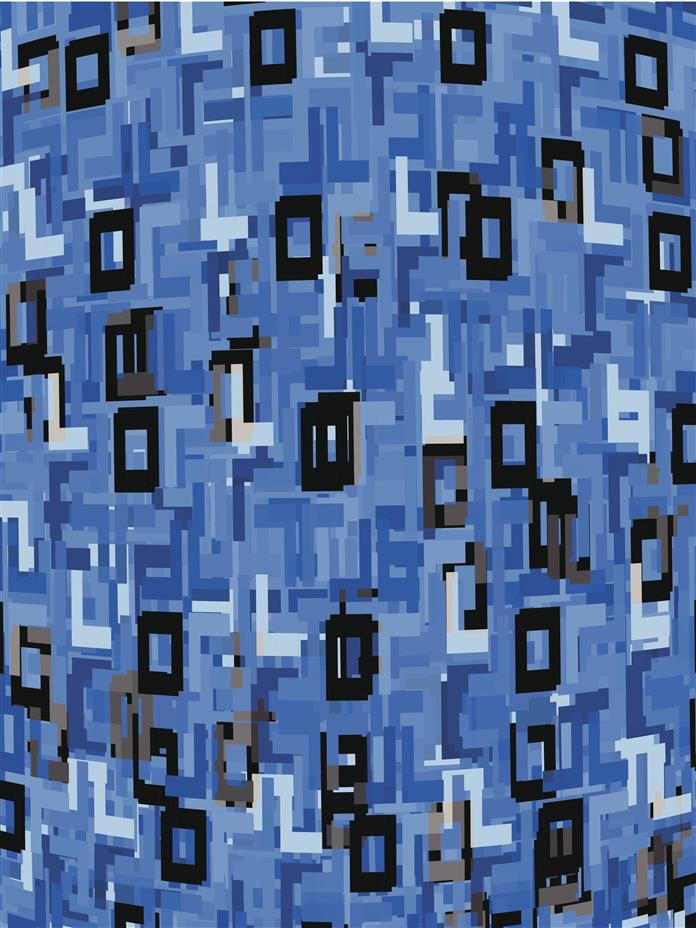
Treatment
- Rest: The pain tends to intensify with back movements. Therefore, if you have painful rhomboids, you must give maximum rest to the back.

- Ice Pack: In the first few days, ice has to be applied for 15 - 20 minutes, after a gap of every 4 or 5 hours. Wrap up some crushed pieces of ice in a plastic bag and keep it on the floor. Now, lie down on the floor in such a way that the upper back is placed exactly on the ice pack. After 3 days of rest and ice treatment, the pain should subside.

- Heat Therapy: If the pain does not go, then you can start applying heat in the area for half an hour. However, do not apply heat overnight on your back.
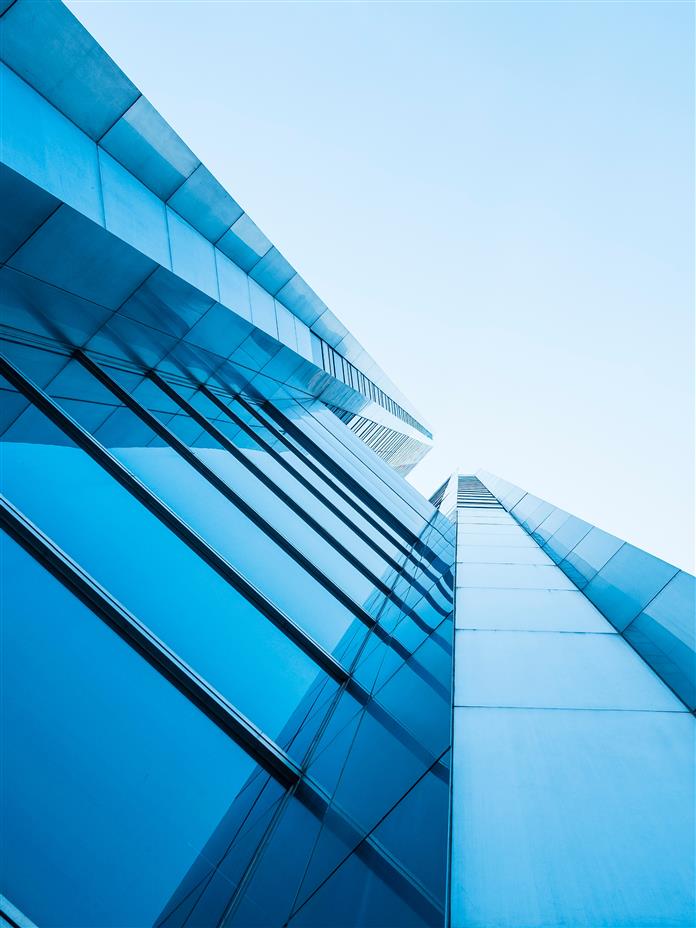
- Medication: To relieve the muscle pain temporarily, anti-inflammatory medicines can be taken after consulting the doctor. However, these medicines should not be used for a long time as they have side effects.
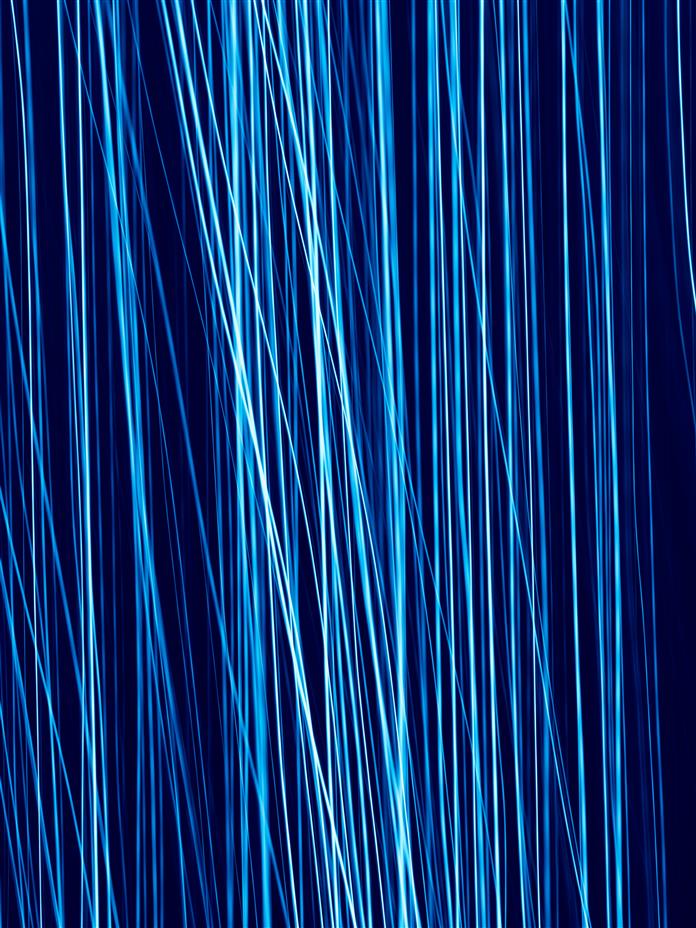
- Physical Therapy / Massage: In those cases where the back pain refuses to go away with all these treatments, doctors recommend physical therapy. Some people have found massage therapy highly beneficial for rhomboid pain.

- Regular Exercise: Once the pain is alleviated, you must do some back stretching exercises regularly, before resuming normal activities. This will improve the strength and flexibility of the muscles, and reduce chances of any further injury.
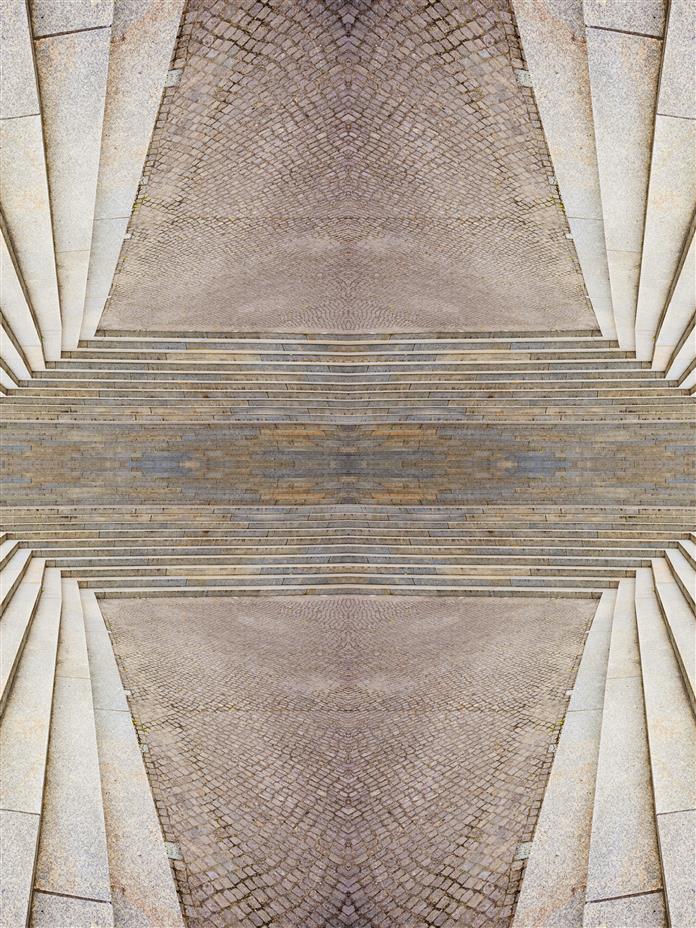
The recovery time for the rhomboid muscle pain depends on the severity of the injury, age, and overall health of the patient. If the injury is a minor one, it usually takes a few weeks to heal.

However, a more severe injury may take more than six weeks to heal. One can prevent recurrence of rhomboid pain if proper warm up exercises are done before starting any strenuous physical activity.

Disclaimer: This story is for informative purposes only, and should not be used as a replacement for expert medical advice.